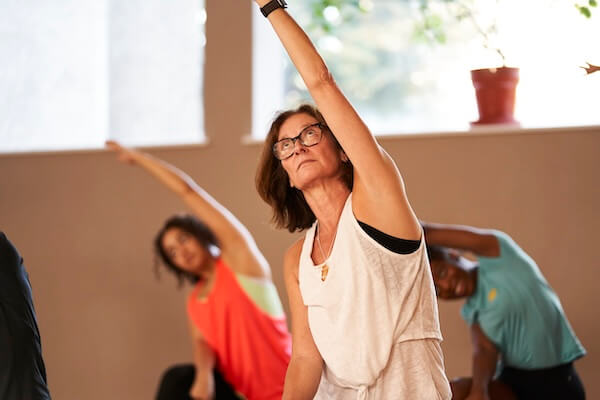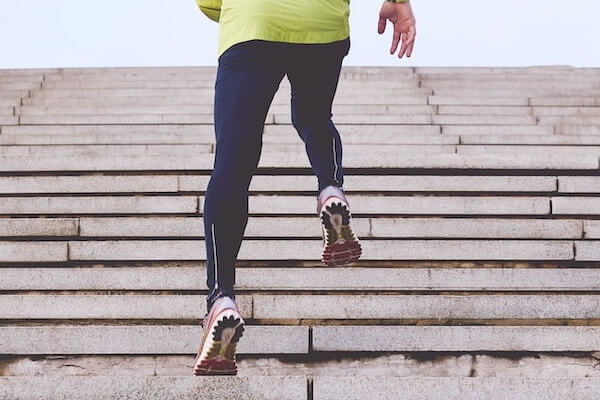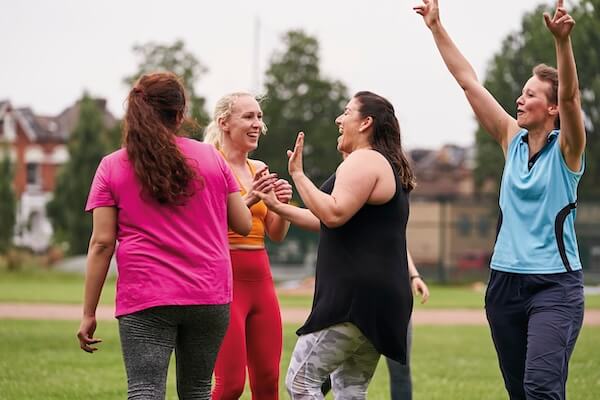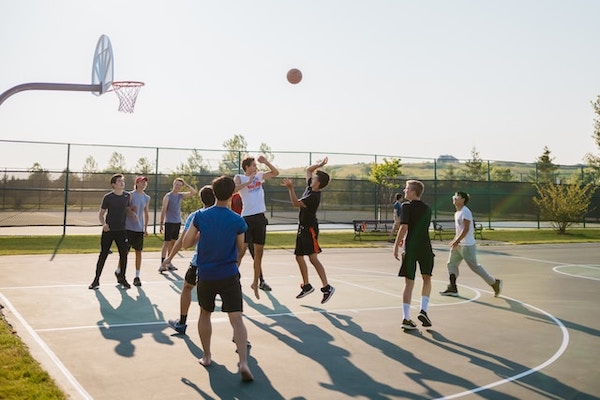
The world of social media can be a cruel place. We are constantly bombarded with images of seemingly perfect people in their ideal bodies, and it’s easy to feel like you measure up to that standard. But the truth is most people don’t look like those photos. And even if they did, that wouldn’t be an ideal body type – it would just be an ideal body for them, personally. The problem is that we often let ideal body types stand in as the only way to measure up or down; and therefore, we feel pressure to achieve one or the other. But what if there was no such thing as an “ideal” body? What if there were just bodies? Let’s explore why the “ideal” body is a myth — and what we all need to know instead.
There is no such thing as an ideal body.
When we let a false standard define how we feel about ourselves, we are not just holding ourselves to a higher standard. We are holding ourselves to a false standard that’s not even attainable and doesn’t even exist in the first place. When we do that, we not only rob ourselves of self-esteem, we rob ourselves of the joy that comes from living a healthy, active lifestyle. Just as there is no single personality type, no single body type, either. Not everyone has the same body type, and that’s OK. Muscle types, body types, and size are unique to all of us. And, most importantly, they have nothing to do with health or fitness levels. You see, having a certain body type just means that that’s how your body naturally grows and/or stores energy. It is not a choice, and it has nothing to do with how healthy you are.
How we got here
Humans have been obsessing over their bodies for thousands of years, but the focus on aesthetics, rather than health, is a more recent development. Beauty ideals have become a part of our culture, thanks to the rise of consumerism, the shift from manual labour to desk jobs, and the omnipresence of social media. As a result, many people feel that their bodies fall short of some manufactured standard of beauty. It’s true that beauty standards change over time.
You are more than your body.
It’s important to remember that the number on the scale or in your jeans are not the only ways of measuring health. Health is not only about what you weigh or how much you can lift. It’s also about how you feel and how you interact with your environment. If you’re eating a healthy diet, getting enough sleep, reducing stress, and staying active, you’re well on your way to being healthy. If you’re eating a balanced diet and getting your recommended amount of physical activity, then you’re already well on your way to a healthier, happier you. So, if the numbers don’t reflect that, don’t stress. It just means that the number on the scale doesn’t tell the whole story.
What does it mean to be “fit”?
In its simplest form, “fit” is being active and eating well. But beyond that, fit is being healthy in a holistic sense. This means that your diet is balanced and contains essential nutrients like vitamins and minerals. It also means that you have a healthy relationship with food and manage your portion sizes. You get plenty of sleep, manage your stress, and engage in regular physical activity. So, no matter what your size or shape, you are fit!
So what is fitness?
Fitness is being physically active, eating well, and managing your stress. It’s also about being productive and having a purpose. It’s about making the most of your life and engaging as many of your senses as possible. Fitness does not end at the gym. It’s about living a balanced, healthy lifestyle. It’s about finding joy in the world around you and within you. Fitness is about more than numbers and measurements. It’s about being happy and healthy. It’s about feeling good about yourself and knowing that you are doing the best you can.
Bottom line
The myth of the ideal body is a dangerous one. It leads us to obsess over numbers and measurements and hold ourselves to a standard that is false and unattainable. It’s a myth that we can get past – with a little help from ourselves. With the help of a good trainer, you can find a workout routine that you enjoy and a healthy diet that works for you. And with a good support system of friends, family, and loved ones, you can learn to let go of the myth and focus on the real joy and health that comes with a balanced lifestyle.






